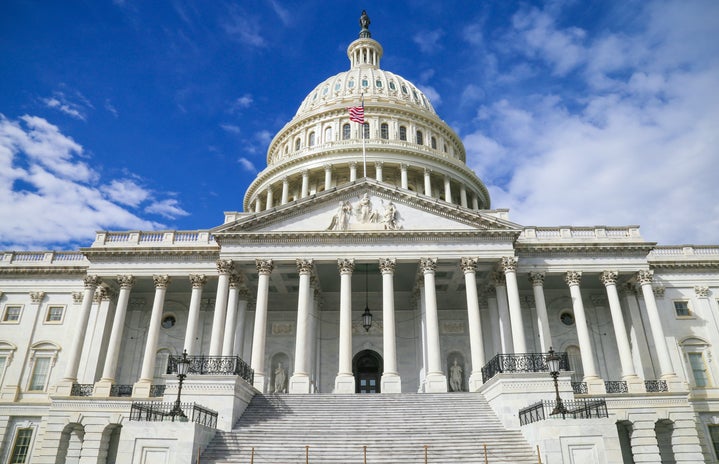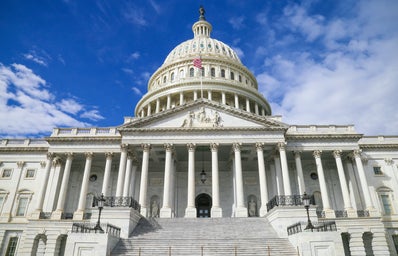The Supreme Court ruled on Thursday, June 18 that the Trump administration could not legally go forward with its plan to end the Deferred Action for Childhood Arrivals (DACA) program. DACA protects around 700,000 young people, otherwise known as Dreamers, in this country who were illegally brought into the United States as children.
Under DACA, Dreamers are able to legally work in the United States and are protected from deportation. The program, started by President Obama in 2012, does not lead to a path for citizenship for its recipients. President Trump promised to end this program throughout his campaign, calling Obama’s executive order to create the program “illegal.” This is the second blow for the President’s agenda in recent days following the Supreme court’s ruling that gay and transgender people cannot be fired from or considered for employment based on their gender identity and sexuality.
Trump officially announced his decision to begin ending the program in September 2017, claiming it was beyond executive power to create or maintain the program. The court ruled that this was not enough reasoning to remove the program; the Trump administration will be able to bring the case back through the court system when it believes it has more sufficient reasoning.
“I do not favor punishing children,” Trump said in the initial statement regarding the program’s cancellation.“[However] the program is unlawful and unconstitutional and cannot be successfully defended in court.”
Chief Justice John Roberts Jr. voted along with the court’s four liberal members, defending the program’s existence in the majority. “We do not decide whether DACA or its rescission are sound policies,” he wrote. “We address only whether the agency complied with the procedural requirement that it provide a reasoned explanation for its action,” he said.
In the dissenting opinion, Justice Clarence Thomas claimed the decision was based too deeply on personal opinions and partisanship. “Today’s decision must be recognized for what it is: an effort to avoid a politically controversial but legally correct decision,” he wrote. He went on to say that this ruling will open up more cases that should be dealt with by the legislative brand.
“In doing so,” Thomas wrote, “it has given the green light for future political battles to be fought in this court rather than where they rightfully belong — the political branches.”
Immediately after the Supreme Court’s announcement, Trump attacked the ruling on Twitter and claimed that he would begin to pick a new Supreme Court judge in September who would defend his values of the Second Amendment, Right to Life, and religious liberty.
…Based on decisions being rendered now, this list is more important than ever before (Second Amendment, Right to Life, Religous Liberty, etc.) – VOTE 2020!
— Donald J. Trump (@realDonaldTrump) June 18, 2020
As a result of the court’s ruling, the Trump administration must begin the process of bolstering its case and must prove to a lower court why the program should is unlawful; this process could take months, possibly even after the November election.
For the moment, Dreamers will remain safe from deportation, preventing them from being sent back to countries they left as small children.


